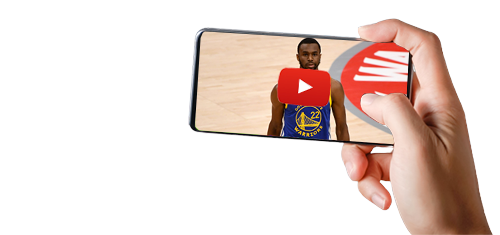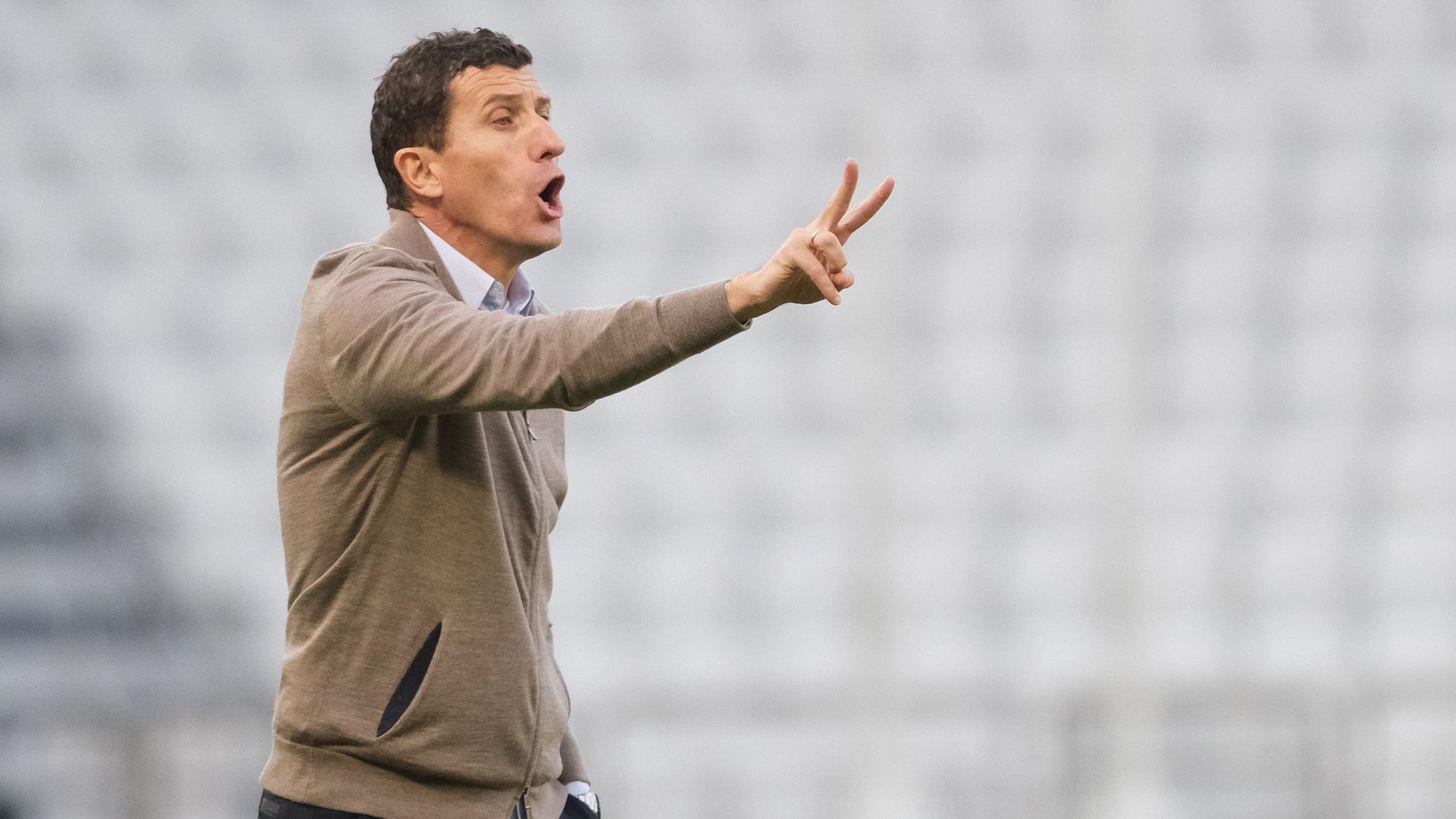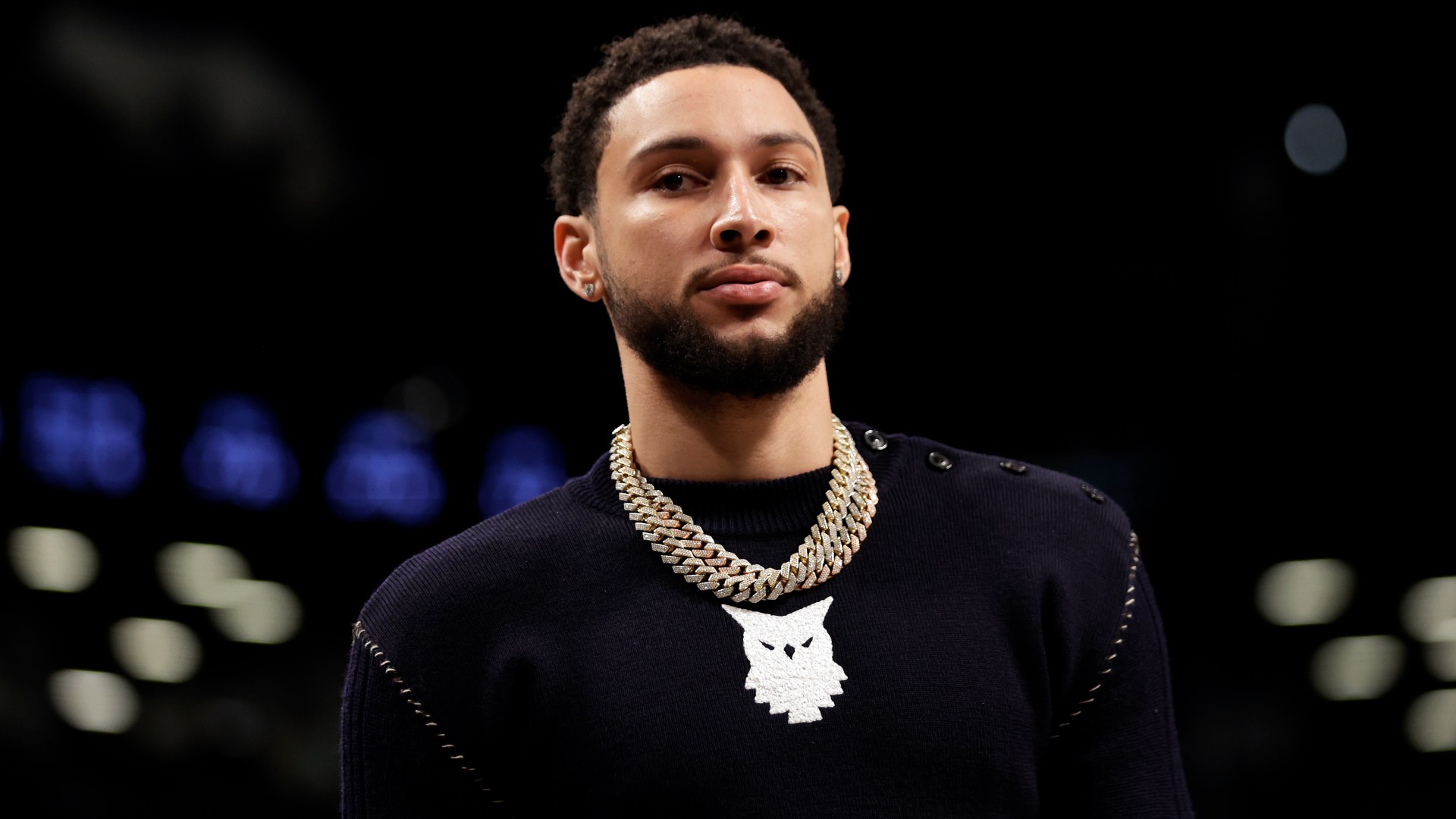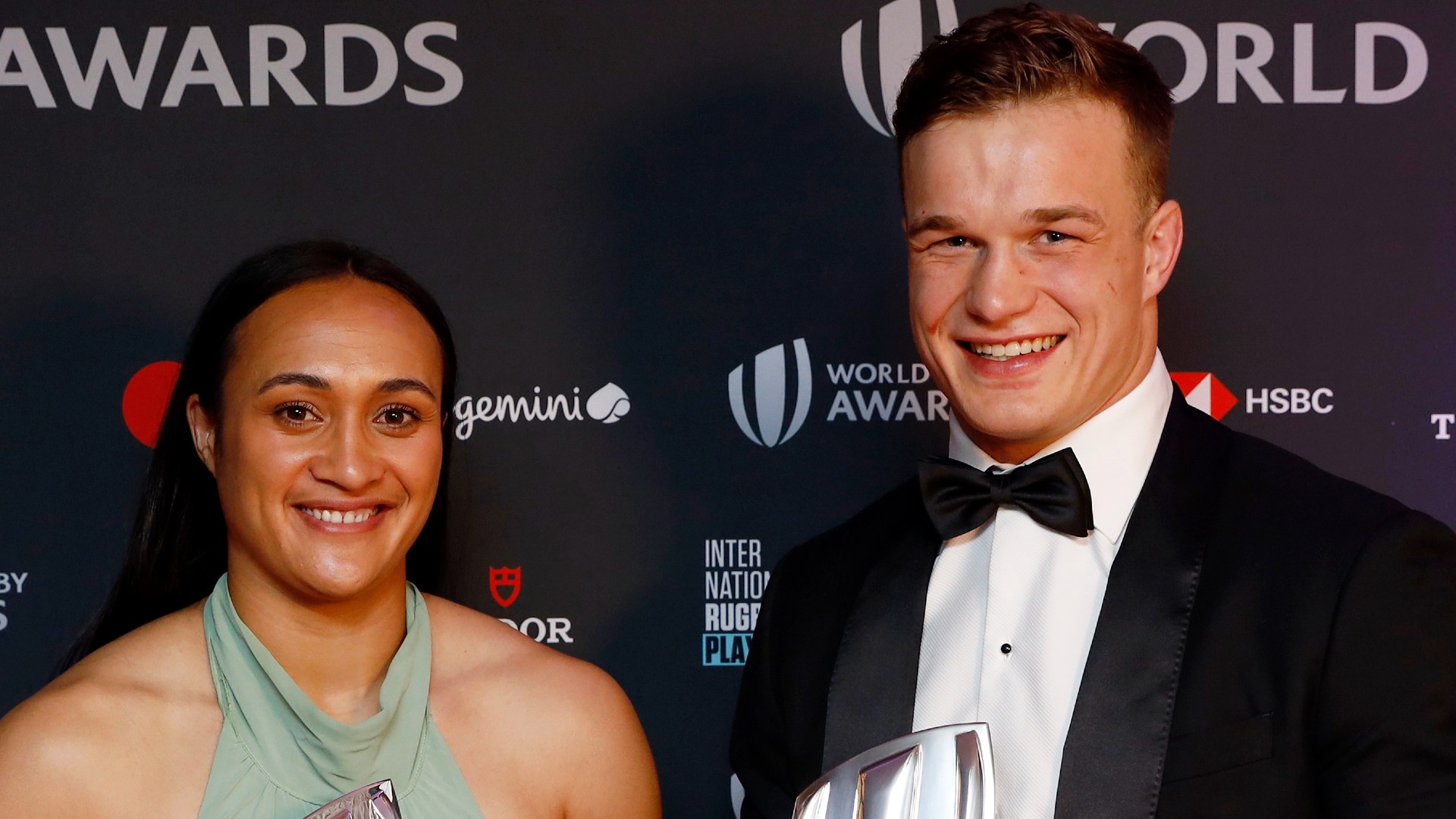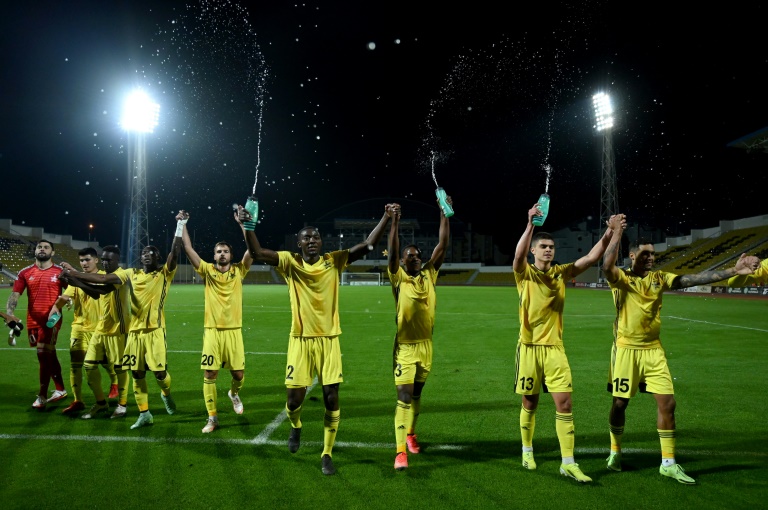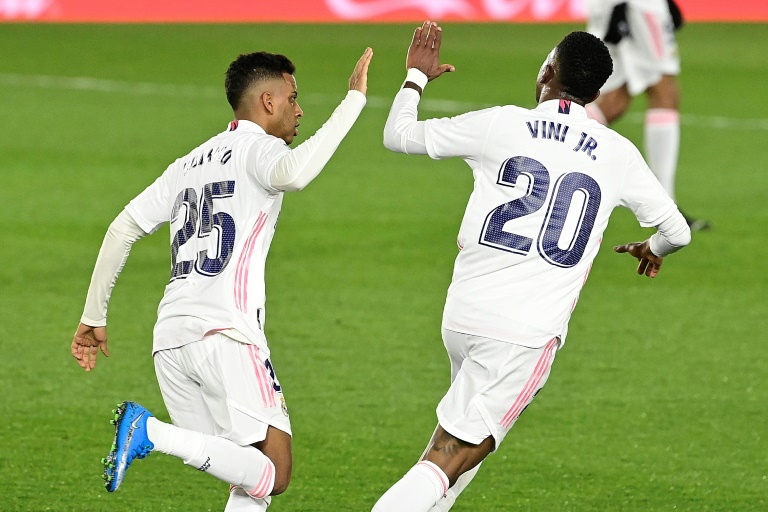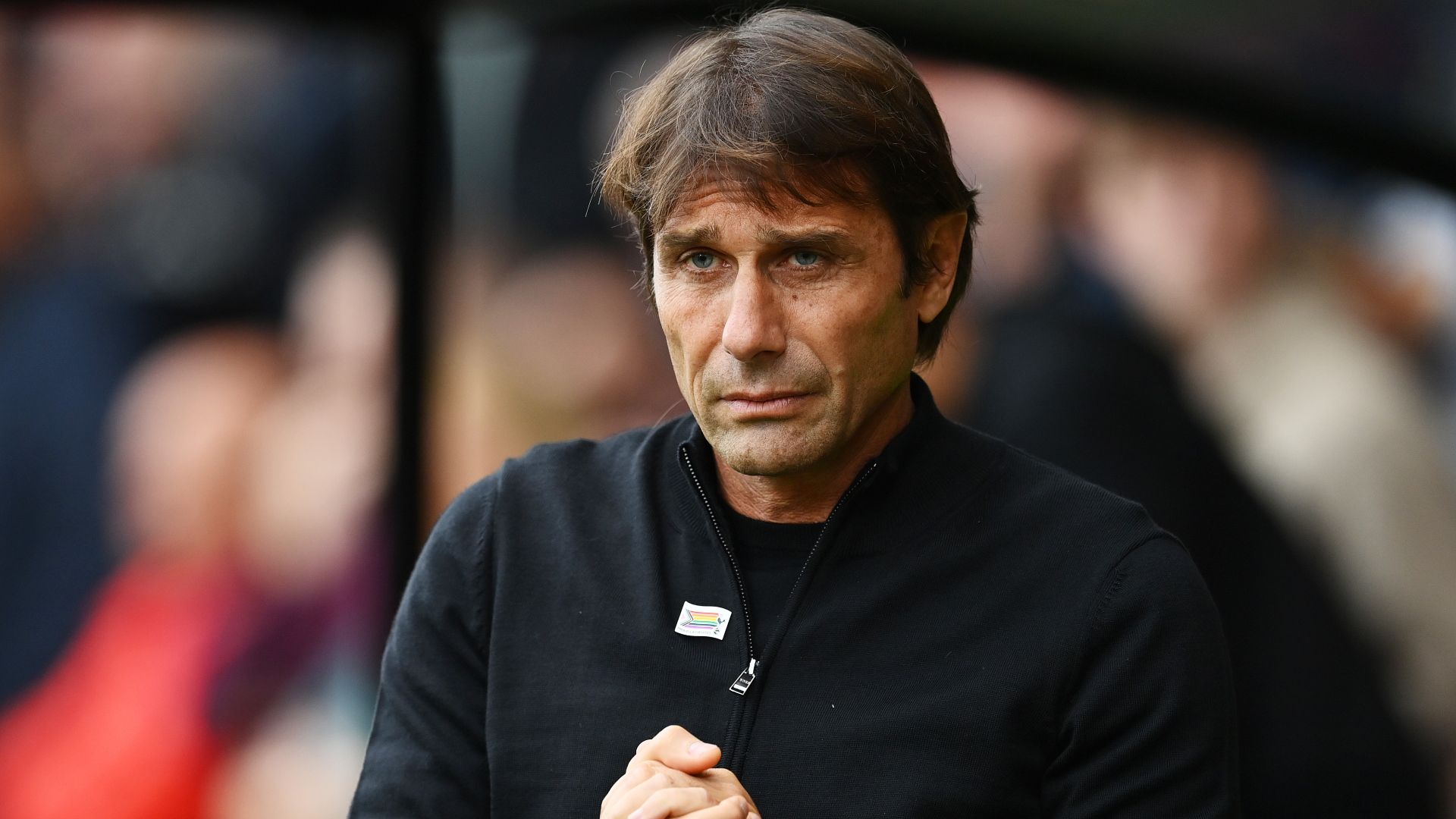
Antonio Conte came to North London a year ago with the mammoth task of returning Tottenham to the Champions League.
He passed with flying colours and his 12 months at the helm have been filled with drama and excitement.
From clashing with Thomas Tuchel to openly criticising VAR, the Italian has undoubtedly been in the thick of the action, but he has also improved the club during his stay.
There is work to be done when it comes to revamping the squad, however, and silverware is still proving elusive in N17.
Ahead of the crunch game against Marseille, we turn the spotlight on the fiery tactician and discuss how far he can take Tottenham.
Humble beginnings
Under Nuno Espirito Santo, Spurs were a shadow of the side that they are now.
The Portuguese manager was not a popular appointment and his reign lasted only three months.
Sporting director Fabio Paratici had previously tried to rope Conte into the job but he declined, only to accept an offer in November.
He set the tone instantly, stating he needed time if he was to turn eight-time FA Cup winners into genuine title contenders.
Last season, Conte recorded wins against Manchester City, Arsenal and West Ham, with the North London derby proving to be pivotal in the race for the top four.
However, the 53-year-old failed to beat Liverpool, Manchester United or Chelsea — the inconsistency is something that has been evident again this year, but it was a good start.
Changing their shape
A hallmark of a team managed by Conte is the use of wing-backs and three central defenders.
The switch is something that the players still do not seem to fully understand, but there have been instances where the football has looked formidable at the Tottenham Hotspur Stadium.
One particular example is the 5-0 win over Everton in March — Spurs were ruthless and both Sergio Reguillon and Matt Doherty were able to press high and find goalscoring opportunities.
In the current campaign, there have been struggles with Conte’s preferred 3-4-3 and teams have learned to overload the midfield, with the double pivot of Pierre-Emile Hojbjerg and Rodrigo Bentancur often struggling to contain the extra man.
Nonetheless, the switch in shape has done more good than bad by allowing the likes of Eric Dier and Ben Davies.
Same issues a year on
Conte has consistently raised the issue of a lack of squad depth.
It is hard to disagree with the former midfielder as Spurs often find themselves short of options from the bench — an issue made worse by the new five-substitution rule.
Speaking after the defeat to Newcastle last week, the head coach once again reiterated the need for time to build a winning squad.
He said: “When you play every three days you need to have a deep, strong squad. We have only just started our process. We are playing in the Champions League. We’re trying to improve our situation step by step.
“When you start this type of process, I can tell the line to follow. We have to finish this period of games and then in January we’ll see where we are, which improvement we need. Together with the club.
“The club knows very well. I was very clear in the summer. If we want to play in the Premier League and Champions League you need to improve the squad.”
Bringing in the right players
Another thing that certainly has improved since Conte’s arrival is the quality of players that have been brought into the club.
Working together with Paratici, both Bentnacur and Dejan Kulusevski were purchased in January and have been an integral part of the squad from the first minute.
In the summer, Spurs went out and spent big on the likes of Yves Bissouma, Richarlison and Ivan Perisic, all of whom have been involved under the experienced manager.
However, it is clear to see that there are still gaps in quality throughout the squad, especially at right wing-back and in central defence.
Spurs have conceded 16 goals in 13 games this season, the joint most of those who occupy the top six places.
If they are to win a major honour during the ex-Chelsea man’s tenure, there is still significant investment needed — and this must start in January.



